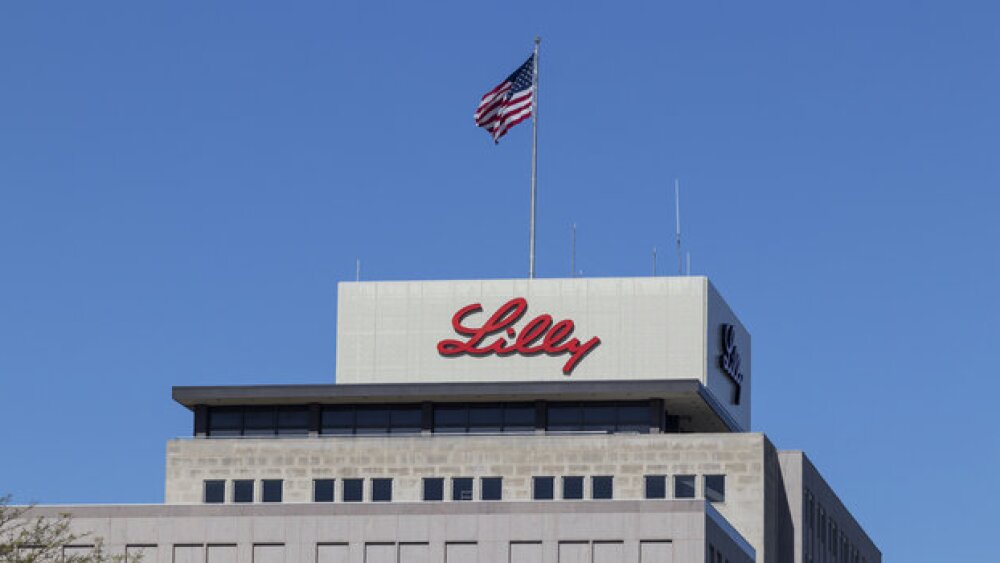More than 50% of nonalcoholic steatohepatitis patients treated with Eli Lilly’s tirzepatide saw at least a one-stage improvement in fibrosis, according to the pharma’s latest mid-stage readout.
Eli Lilly on Wednesday released new data from the Phase II SYNERGY-NASH trial, demonstrating that its top-selling GLP-1/GIP dual receptor agonist can significantly improve liver fibrosis in patients with nonalcoholic steatohepatitis.
After 52 weeks of treatment, 54.9% of patients who were treated with a 5-mg tirzepatide dose experienced at least a one-stage improvement in fibrosis without disease worsening. At the same time, SYNERGY-NASH documented no dose-response effect.
By comparison, only 29.7% of those in the placebo group saw at least a one-stage fibrosis improvement without worsening of nonalcoholic steatohepatitis (NASH). Tirzepatide’s treatment effect was statistically superior to placebo, with p-values less than 0.05 for all three doses.
In addition, patients treated with tirzepatide experienced substantial weight loss of up to 17.3%. Lilly’s dual agonist also reduced liver enzymes and liver fat, while lowering serum and imaging indicators of fibrosis and liver inflammation.
Lilly presented these data at the 2024 Congress of the European Association for the Study of the Liver (EASL24), held this week in Milan, Italy.
SYNERGY-NASH is a randomized, double-blinded and placebo-controlled study evaluating the efficacy and safety of tirzepatide in patients with histologically confirmed NASH with stage two or three fibrosis.
Lilly had previously reported early data for the study’s primary outcome, which is the percentage of patients in whom NASH had been resolved without the worsening of fibrosis. In its full-year 2023 business report, the pharma announced that up to 74% of tirzepatide-treated patients achieved this outcome, compared to only approximately 13% of placebo counterparts.
Wednesday’s EASL24 readout provided a more detailed look at SYNERGY-NASH’s primary endpoint. In the 5-mg dose group, 43.6% achieved NASH resolution without worsening fibrosis. This proportion rose to 55.5% in patients treated with a 10-mg dose, and to 62.4% in the 15-mg dose arm. Only 9.8% of placebo-treated participants met the primary endpoint.
Tirzepatide is a protein-based therapy that works by activating the GLP-1 receptor, inducing the secretion of insulin from the pancreas in response to blood sugar levels. It also activates the GIP receptor, which helps modulate appetite. By facilitating weight loss, tirzepatide could also be an effective treatment for NASH.
The dual agonist was first approved by the FDA in May 2022 for the treatment of type 2 diabetes, for which it carries the brand name Mounjaro. The therapy bagged another approval as Zepbound in November 2023 for weight management.
Tirzepatide has become a big seller for Lilly, bringing in more than $1.8 billion in the first quarter of 2024 as Mounjaro. Despite being on the market for just months, Zepbound generated more than $500 million in Q1. Wednesday’s data could position tirzepatide for a label expansion in NASH and further strengthen sales.
Tristan Manalac is an independent science writer based in Metro Manila, Philippines. Reach out to him on LinkedIn or email him at tristan@tristanmanalac.com or tristan.manalac@biospace.com.






